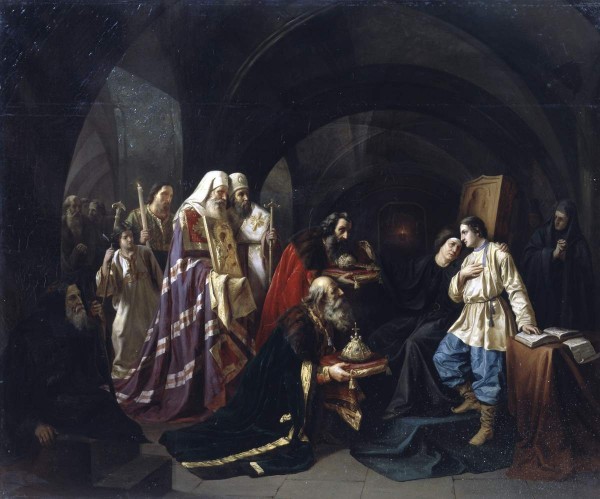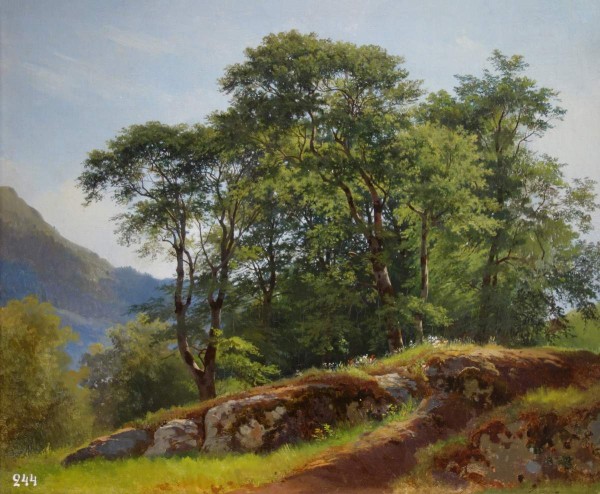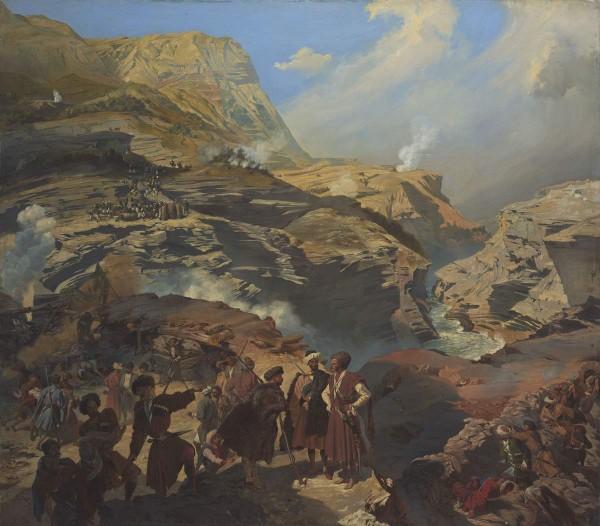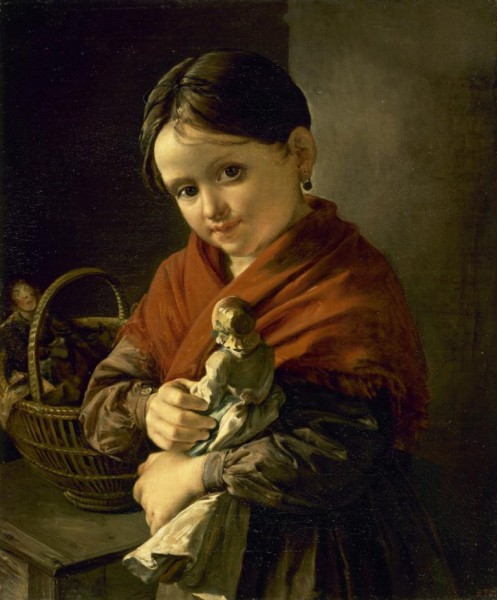The artist is Shustov

On August 20, 1612, the militia of Kozma Minin and Dmitry Pozharsky approached Moscow and, having entered the battle with the army of hetman Jan Khodkevich, threw him away from the walls of the Kremlin. On October 22, the Russians occupied China-Gorod and solemnly brought the icon of the Kazan Mother of Kazan there, and on October 26 (November 5), the Polish garrison, exhausted by hunger, survived in the Kremlin, capitulated. After that, by the signature of Prince Dmitry Pozharsky and Prince Dmitry Trubetskoy, another liberator of Moscow, letters were sent out on the convening of the Zemstvo Cathedral for the election of a new king. On February 21 (March 3), 1613, Mikhail Fedorovich Romanov (1596–1645) was elected to the kingdom – the son of Patriarch Filaret (in the world – boyar Fedor Nikitich Romanov), who occupied the Patriarchal throne thanks to False Dmitry II. With the election of the king, the troubled time ended, which led the country to economic decline and territorial losses. (AT. Pood.)
Electronic catalog “Heroes and villains of Russian history”. SPb, 2010. With. 139.
Shustov’s picture is one of the countless interpretations of the call scene of Mikhail Fedorovich Romanov to the kingdom. The artist in a descriptive manner typical of the middle of the 19th century gives the plot a chamber interpretation. Instead of the interiors of the Trinity Cathedral, the viewer sees the low vaults of the monastery cell, which depicts a procession from the boyars and clergy – mature men and wise elders, offering an embarrassed young man to occupy the royal throne. Naturalistic isolation, academic diligence in the image of every detail characterize Shustov’s work during his studies at the IAX, when this canvas was written. (WITH. To.)
Electronic catalog “Heroes and villains of Russian history”. SPb, 2010. With. 140.


